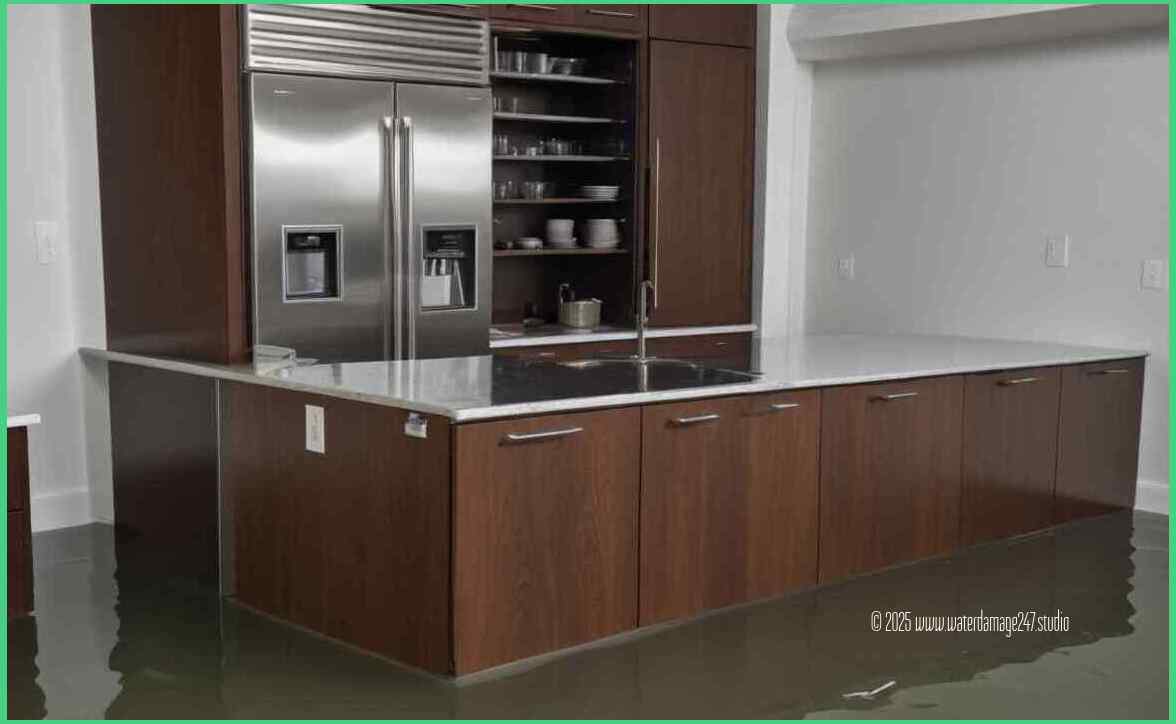
The first step in evaluating affected surfaces is to conduct a thorough inspection by trained professionals equipped with specialized tools. These experts will assess both visible signs as well as hidden areas where moisture may have seeped in such as behind walls or under flooring materials. Utilizing advanced techniques like moisture meters and thermal imaging cameras, they can identify areas most prone to microbial growth.
Once potential problem areas are identified, samples are collected from different surfaces for laboratory testing to determine the specific types and quantities of microorganisms present. The results provide valuable information needed to develop an appropriate remediation plan tailored specifically to address identified contaminants.
Common microorganisms encountered after water damage include mold spores which have known allergenic or toxic attributes that can trigger respiratory problems or worsen existing conditions like asthma. Bacteria such as E.coli or Salmonella may also be present due to contamination from sewage backups or contaminated groundwater sources. Additionally, high humidity levels resulting from water intrusion promote the growth of fungi like Aspergillus or Stachybotrys (commonly known as black mold), which releases mycotoxins that can cause severe health issues when exposed over time.
Based on laboratory findings, professional restoration technicians employ various methods including antimicrobial treatments like disinfectants or biocides that target specific organisms while mitigating their spread further into the property. These experts will also utilize advanced drying techniques to eliminate excess moisture, ensuring an environment that is unfavorable for microbial growth.
Furthermore, it is vital to evaluate HVAC systems as they can serve as breeding grounds and distribution sources for airborne contaminants. Thorough cleaning or disinfection of air ducts and replacing filters are crucial steps in preventing cross-contamination or re-infestation within the affected space.
By evaluating affected surfaces for the presence of harmful microorganisms during water damage restoration, professionals ensure a thorough cleanup and reduce health risks associated with toxic pathogens. Their expertise aids in preserving not only the structural integrity of the property but also protecting its occupants from long-term health issues caused by microbial exposure. If your property has suffered water damage, make sure you choose a certified professional who follows industry best practices to achieve a safe and effective restoration process.
Don't compromise on your well-being - trust experienced professionals to assess and remediate any potential microbial threats following water damage events!